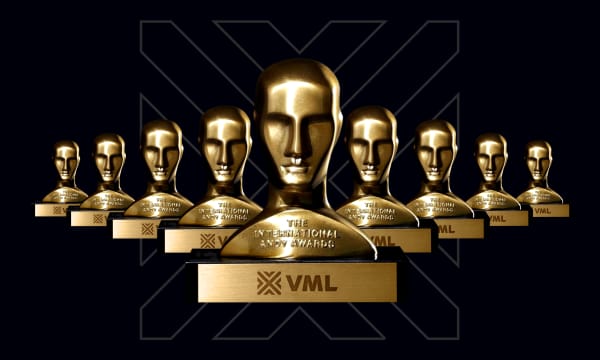Loyalty programs must constantly evolve to continue to meet the requirements of both the business and its customers. But where do you start to design your strategy? A successful program is built on two key pillars – brand objectives and an understanding of customer desires. The first step is to define your loyalty program KPIs, which should be based on brand objectives.
Next, brands need to consider how customer behaviour needs to change in order to fulfill these KPIs. Customers will only change their behaviour if it’s worthwhile for them, so brands must discover what motivates their customers to define both the benefits and the mechanism for receiving them. Rewards must be attainable, practical, and satisfying, providing customers with ‘moments of joy’1, while reflecting short- and long-term business goals.
Not every benefit serves every end – for example, if your goal is to enrich customer relationships, offering discounts on products that the customer is buying anyway is ineffectual.


